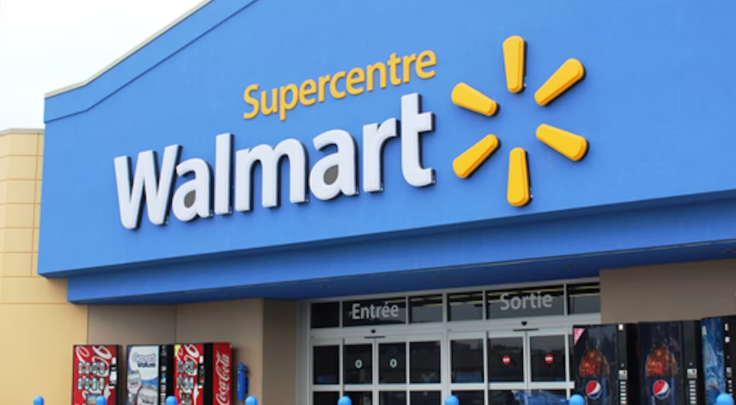
In a move that has sparked debate among shoppers and industry observers alike, retail giant Walmart has introduced a new policy at some of its stores, requiring customers to pay a yearly fee of £76 ($98) to access self-checkout lanes.
The initiative, part of Walmart's subscription service called Walmart+, has left many questioning whether it's a necessary measure to combat theft or simply a ploy to boost revenue.
The decision to limit self-checkout lanes to Walmart+ subscribers and drivers enrolled in its Sparks delivery service was first revealed through a Reddit post, showcasing a sign displayed in a Walmart store.
The sign explicitly stated that the designated self-checkout lanes were exclusive to Walmart+ members and Spark drivers, effectively restricting access for non-subscribers. This move has left many customers feeling frustrated, as they now face longer wait times in traditional checkout lines.
When questioned about the rationale behind this policy, a Walmart spokesperson emphasised the need to manage checkout availability efficiently, particularly during peak hours. They explained that the decision to designate select self-checkout stations for Walmart+ customers and Spark drivers was intended to streamline the checkout process and enhance delivery services.
However, they denied that the initiative was aimed at driving up Walmart+ subscriptions, asserting that store managers have autonomy in implementing such measures.
This development comes amidst a broader trend within the retail industry, with competitors like Target also scaling back on self-checkout lanes in an effort to combat theft, or what is commonly referred to as "shrinkage."
Retailers have expressed concerns that self-checkout lanes facilitate both intentional and unintentional theft, as there is no employee present to monitor transactions. Customers may inadvertently fail to scan items or deliberately bypass payment, contributing to revenue loss for retailers.

The irony of this situation is not lost on observers, as retailers initially embraced self-checkout technology as a means to reduce labor costs by eliminating the need for human cashiers.
However, the perceived increase in shrinkage from self-checkout lanes has prompted a reevaluation of their effectiveness. Retailers are now grappling with the realization that the cost savings from reduced labor may be outweighed by losses due to theft.
While the move to limit self-checkout lanes may be seen as a proactive measure to curb theft, it has also elicited backlash from customers who feel unfairly targeted.
Critics argue that introducing a subscription fee for access to self-checkout lanes amounts to a money grab, particularly considering that many customers have come to rely on the convenience of self-service options.
In conclusion, Walmart's decision to implement a £76 ($98) yearly fee for self-checkout access raises important questions about the balance between theft prevention and customer convenience.
While the retail landscape continues to evolve, it remains to be seen whether initiatives like these will effectively address shrinkage concerns without alienating customers in the process.







